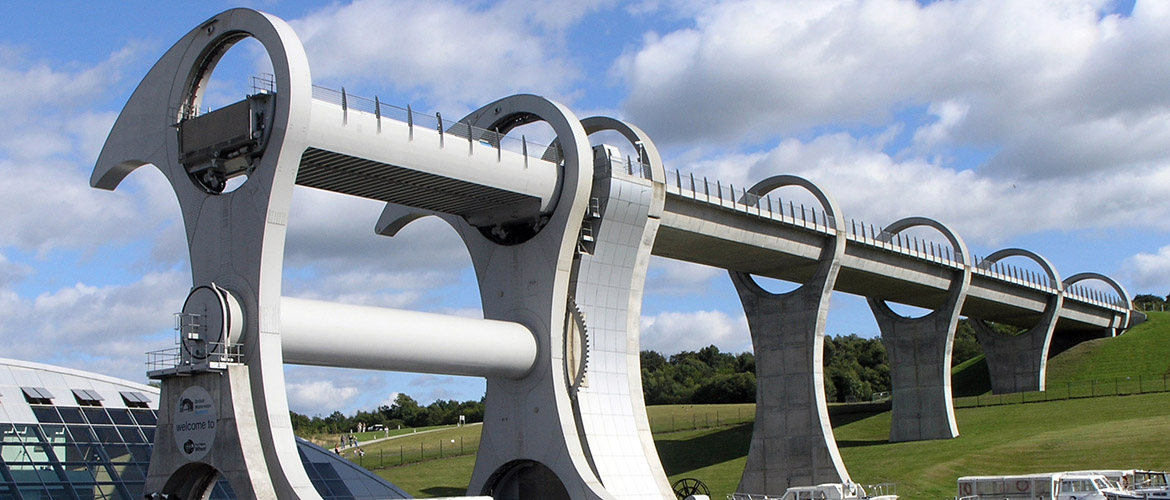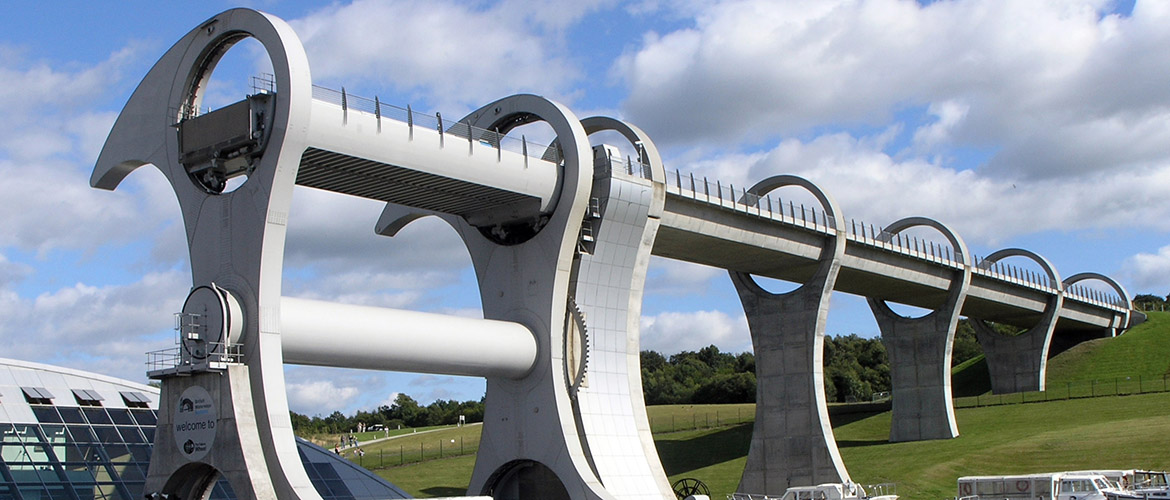Not just about fancy buildings!
When it comes to civil engineering, we might associate it with grand structures, like the Eiffel Tower, Taj Mahal or Sydney Opera House, but it’s isn’t all about fancy buildings.
Think of the things around you that connect up the world - roads, railways, bridges, dams, canals, sewerage systems, water and power supply - making our villages, towns and cities work for the people that live there. These are the kinds of things that we’d find very difficult to live without, and yet we probably take for granted.
Take Isambard Kingdom Brunel and Joseph Bazalgette for example, the great engineers of the Victorian age who saved London from cholera by constructing new and vast underground systems of sewers, something that London would never survive without, and yet, it cannot be seen at all.
Arguably the oldest engineering discipline (just think back to the first person to ever place a roof over his head, or lay a tree trunk across a river to get across to the other side), Civil engineering deals with the design, construction and maintenance of the physical and naturally built environment. Civil engineers are not only responsible for the building of infrastructures that we depend on every day, they also have to keep them running effectively and adapt it to meet challenges, such as population growth, climate change and natural disasters.
There are many different specialisms within civil engineering, including: construction, environmental, structural, earthquake, coastal, surveying, transportation, municipal, geotechnical and more.
Civil engineers can come from different backgrounds, covering a huge range of jobs, and are part of an exciting profession as they literally shape the world we live in.





